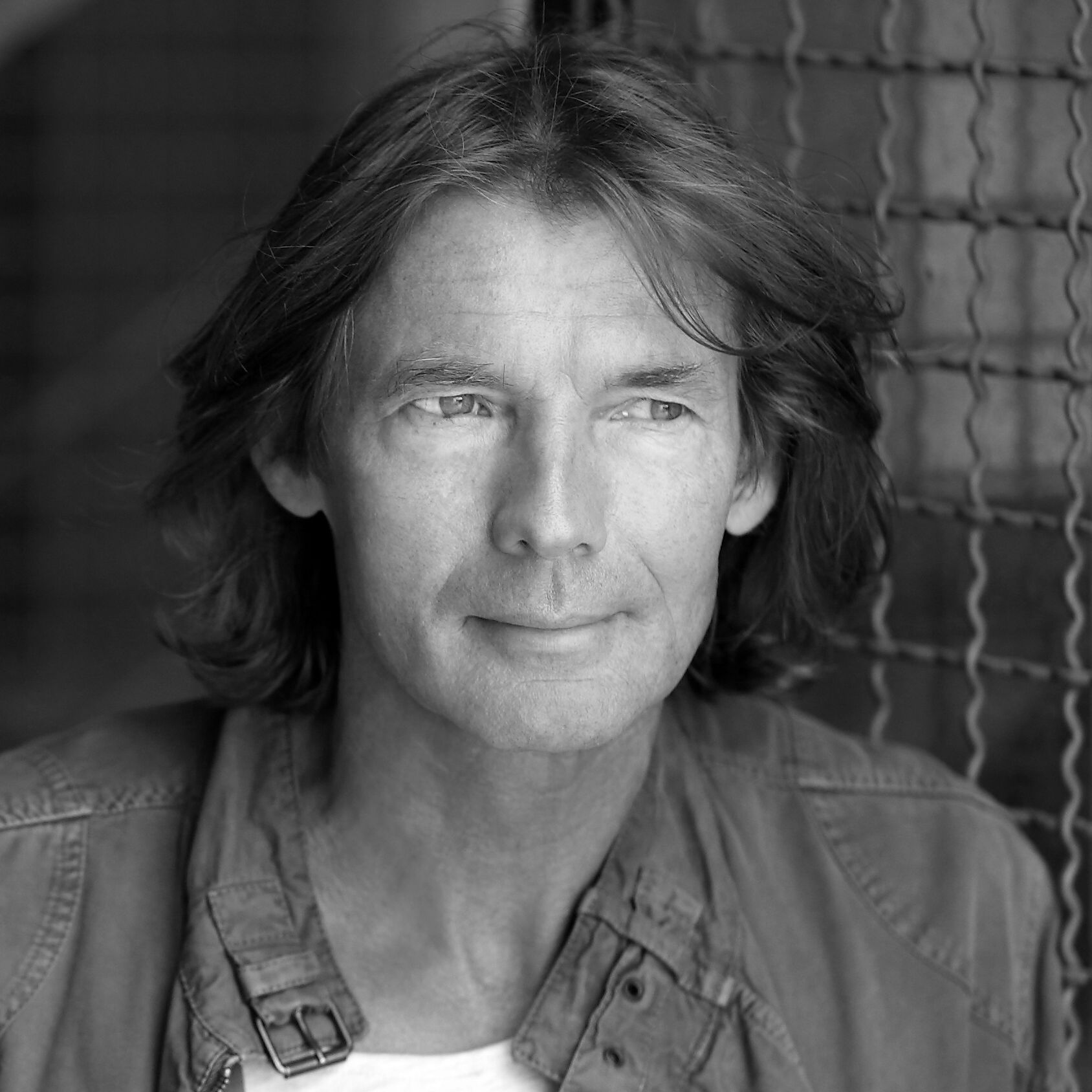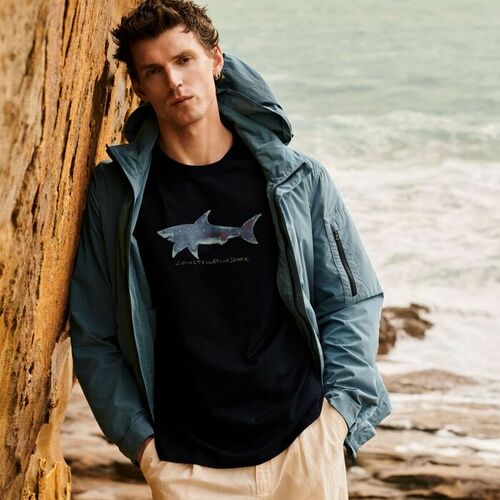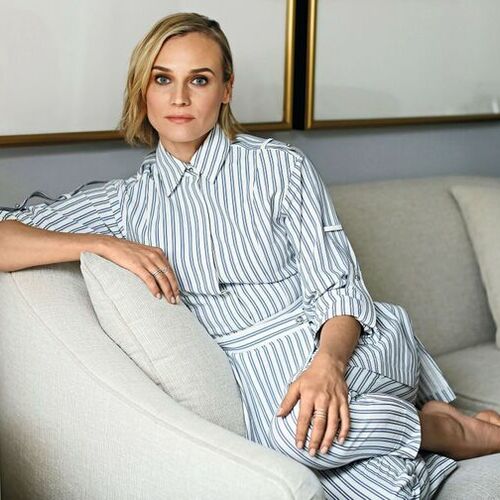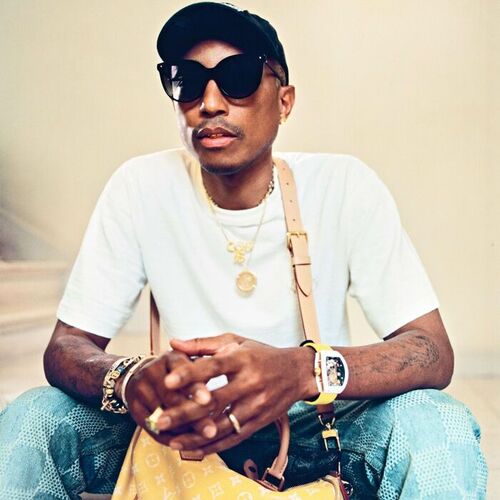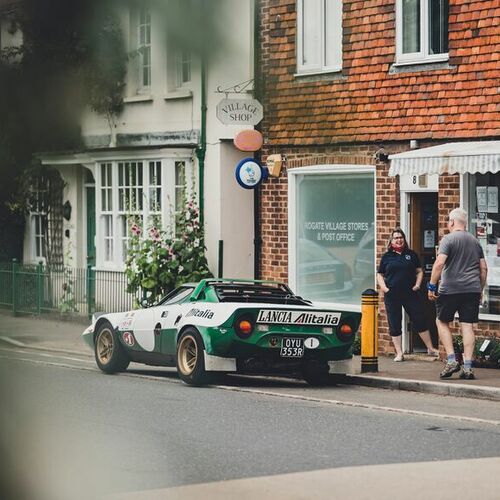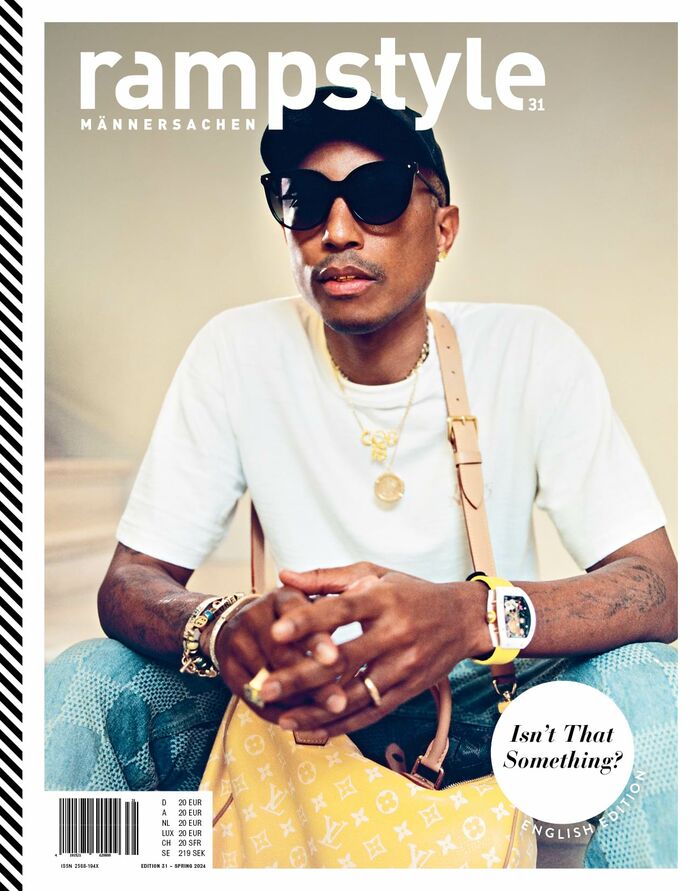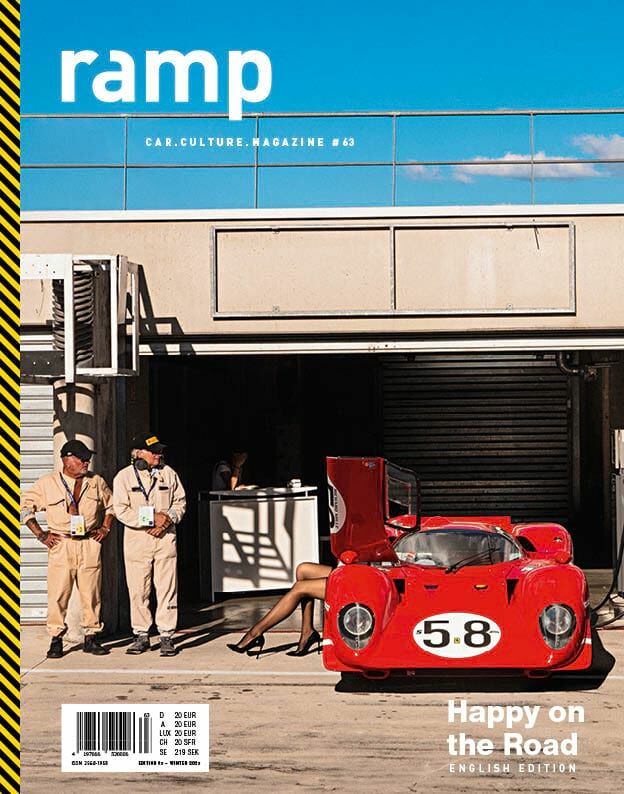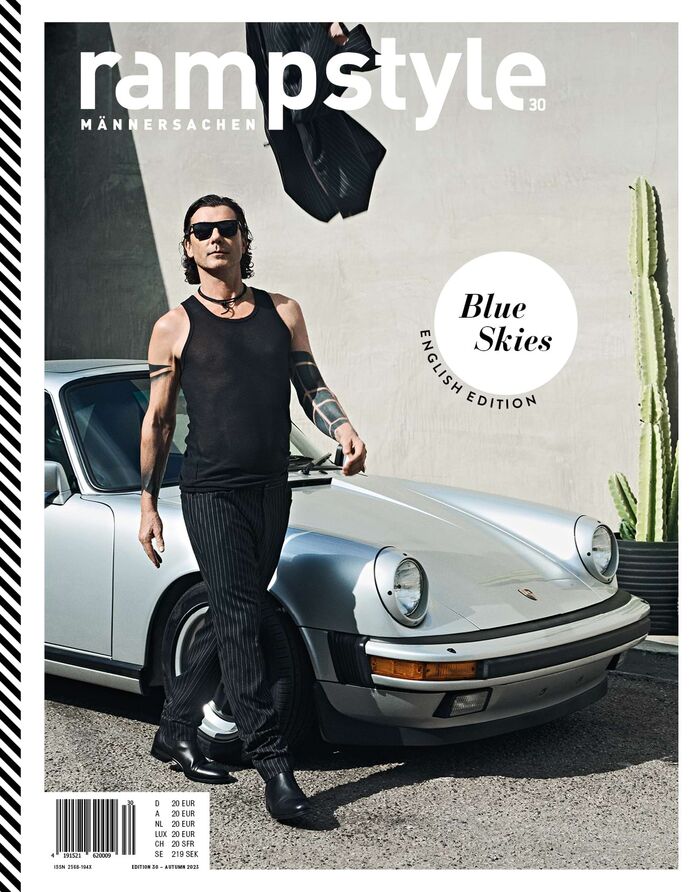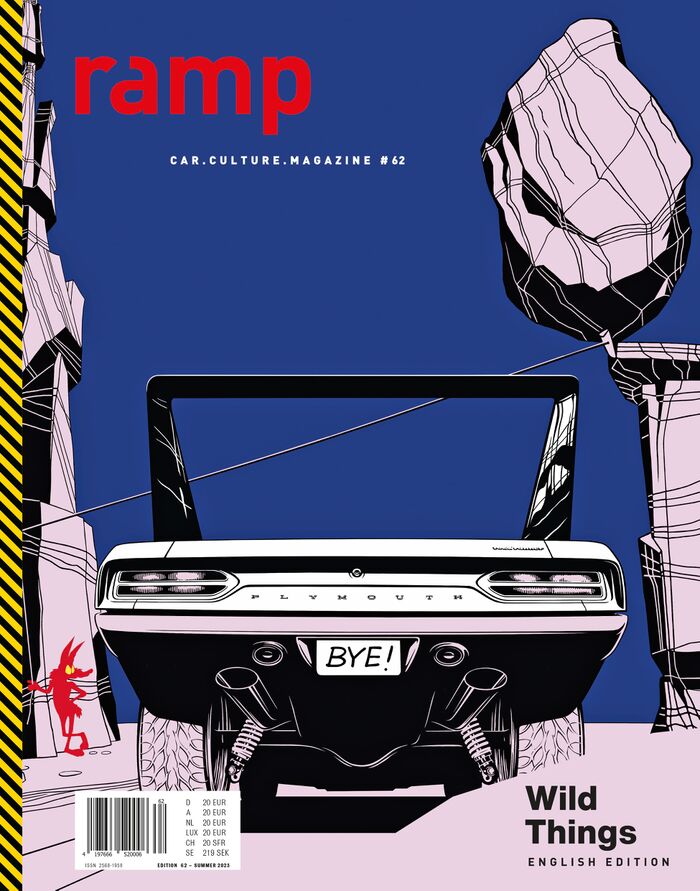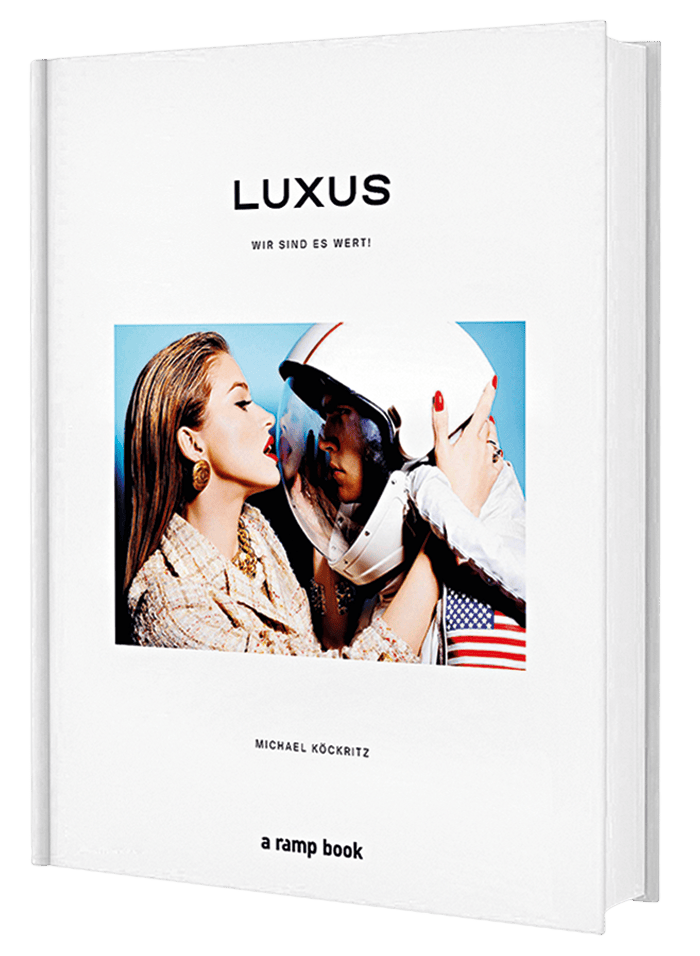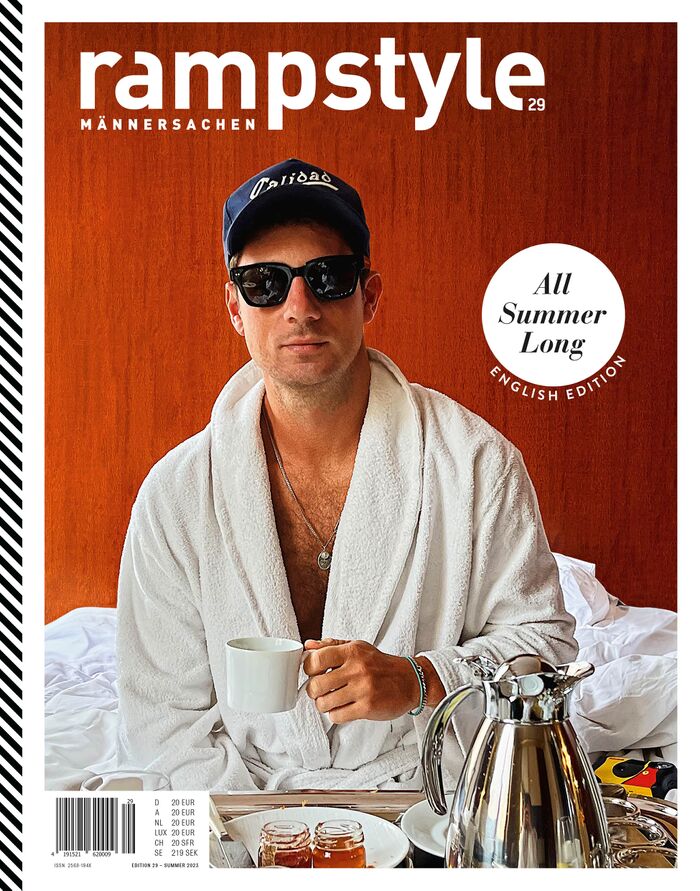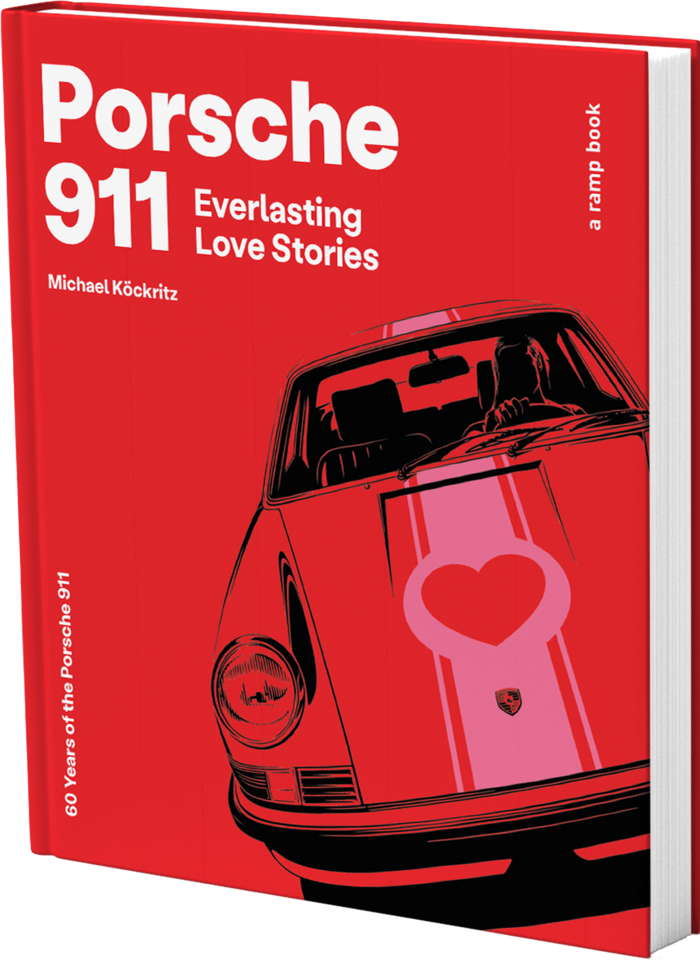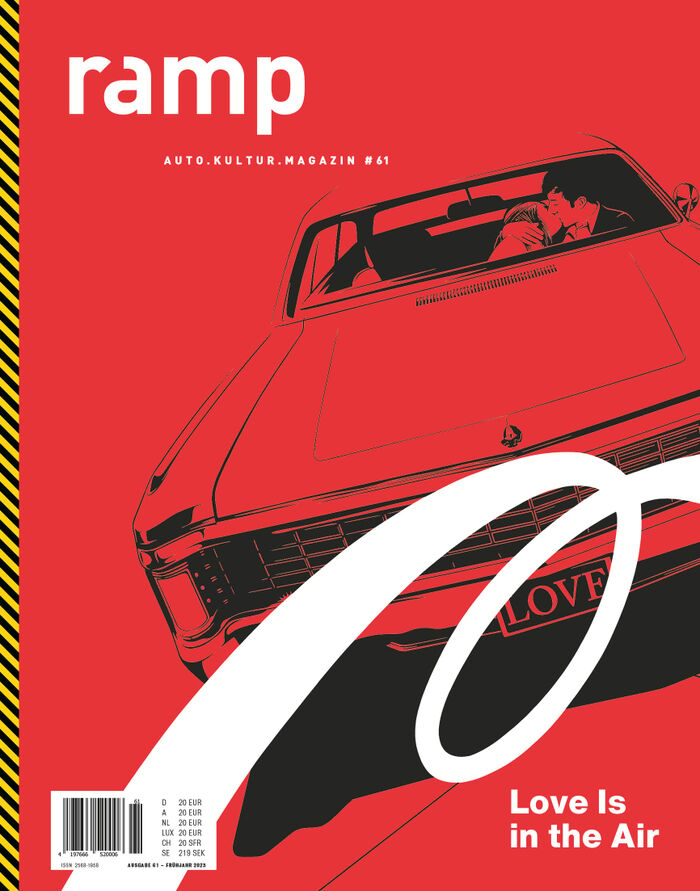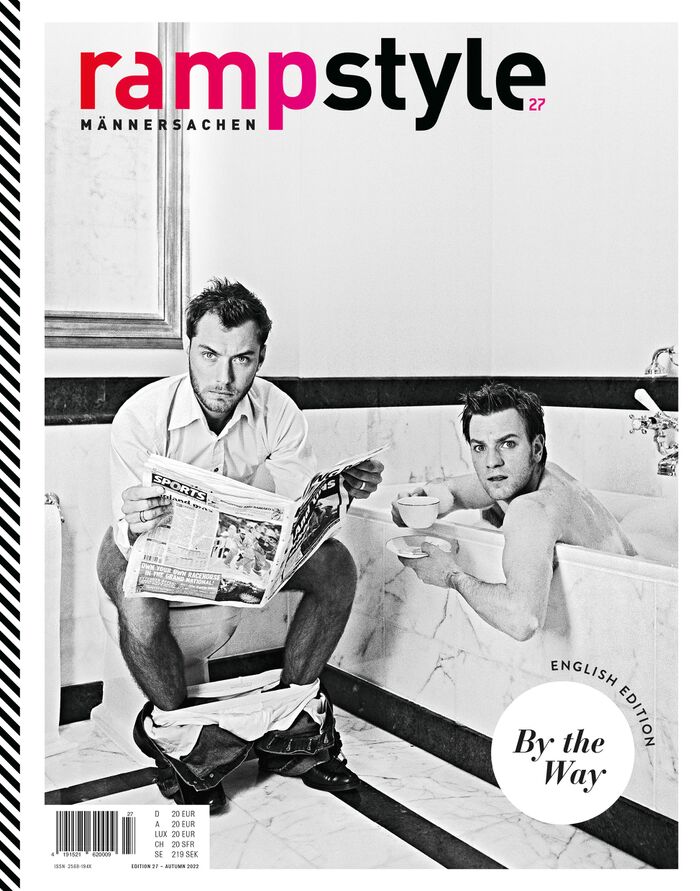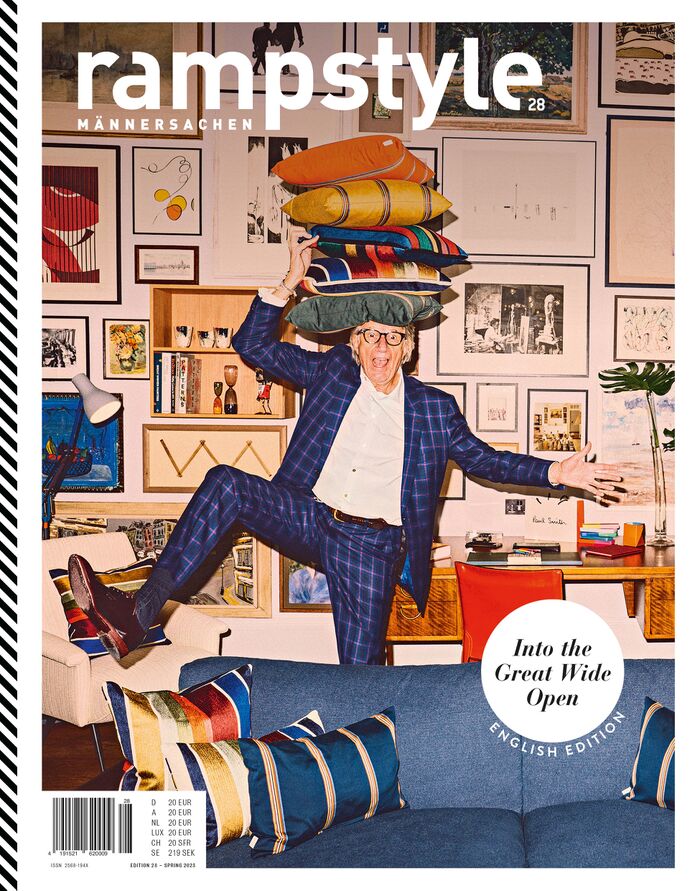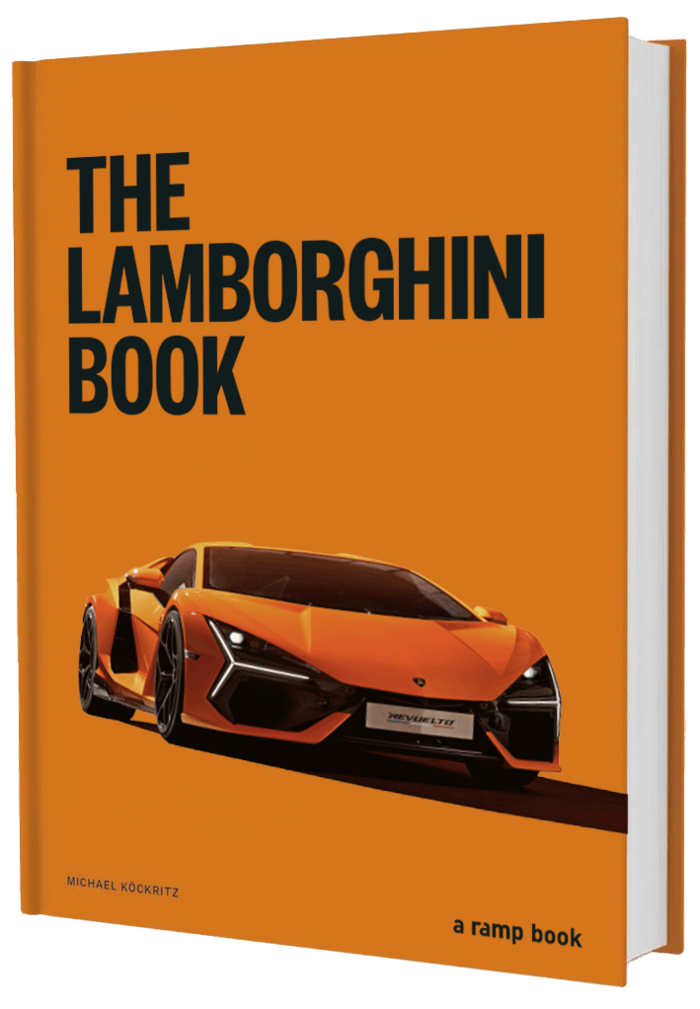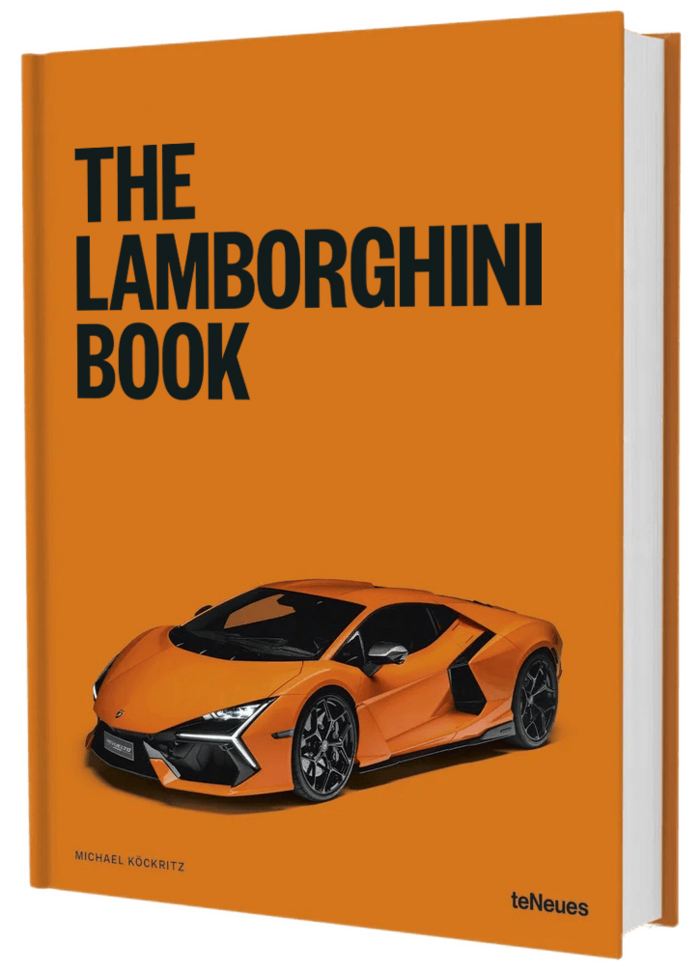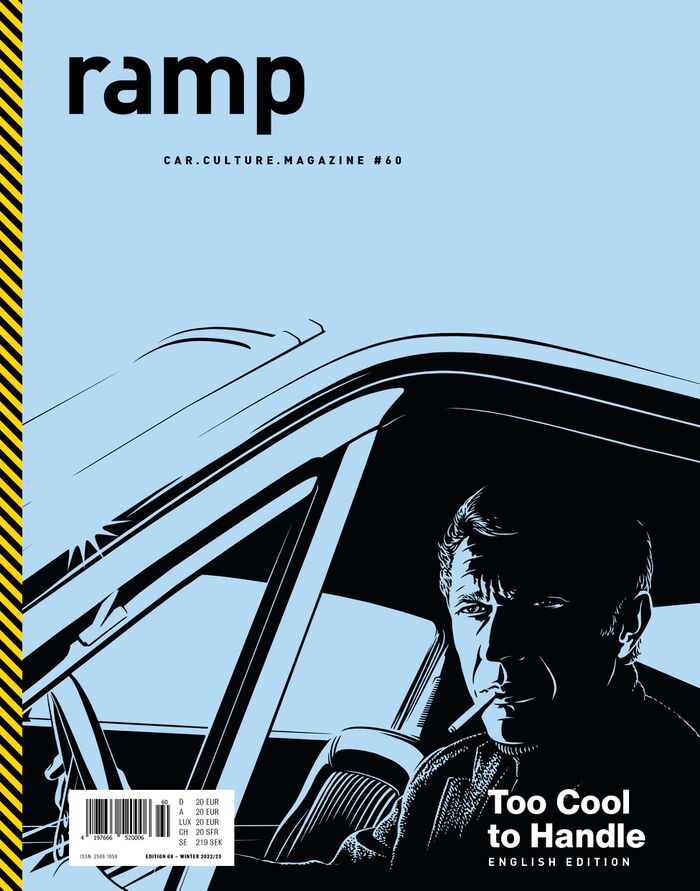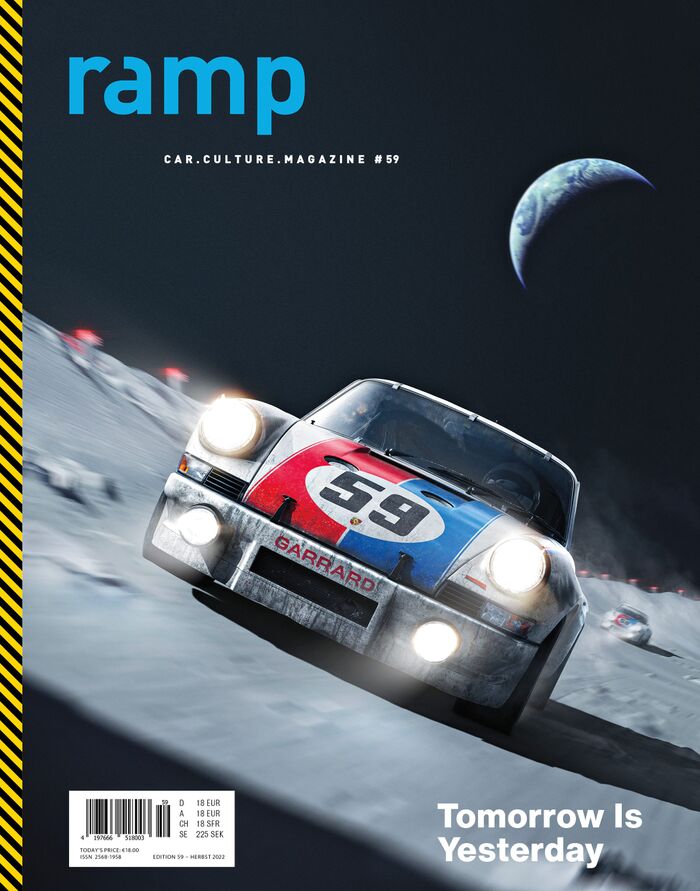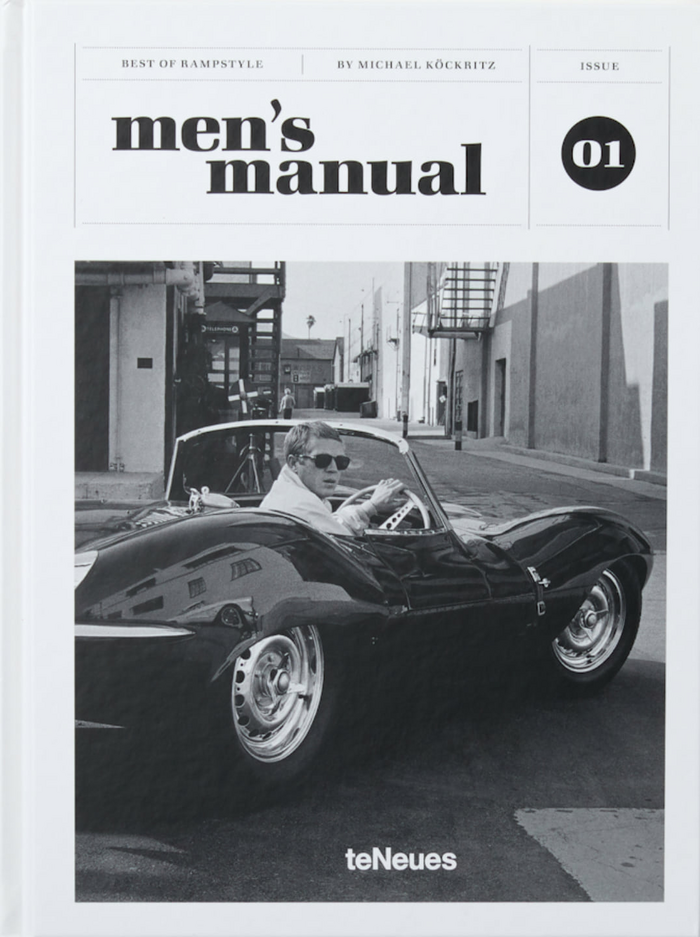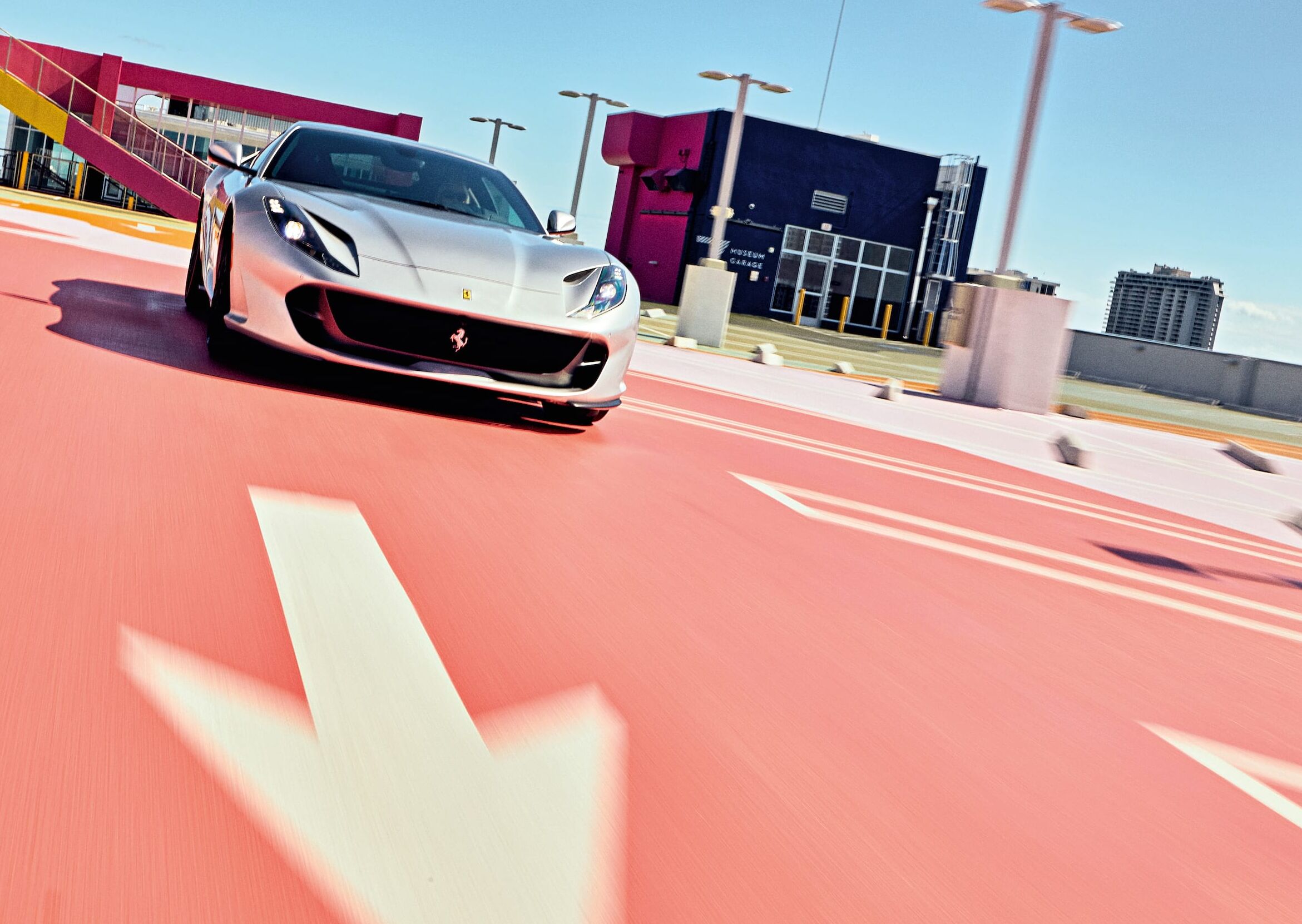Let’s think about the touchpoints with the brand beyond the product. How far should designers go here, starting with the visuals for the product, to the dealerships, to brand events?
MM: Brand awareness is often the first touchpoint, the product usually comes later. That means you have to think about the brand design. Design first shapes the brand identity, for example through personification, value images and keywords such as sporty, useful, likeable or unexpected. This then results in a product identity. The design of a brand can therefore serve as a compass to provide a fundamental sense of orientation. In concrete terms, many other corporate divisions that are also involved in touchpoints with customers and fans can use the strategic orientation of the designers as the basis for their work.
OB: If I could touch on the topic of language again in this context: the clearer the language, the clearer the brand. Design forms a parenthesis around the brand. It’s not just about the product, but also about other touchpoints: How do we appear in retail, in online stores, in social media? Different dialects enrich the whole thing, but in the end, it has to be one language, not two, because otherwise you lose conciseness and clarity.
Isn’t it a Herculean task to convey this awareness of the value of design to all these brands, many of which date back to the old days – even the good old days – of the automobile?
OB: Design can also be a kind of guiding principle. We define a set of guard rails – and make it narrow enough to create a language, yet wide enough to realize the brand. It is up to the individual designer to find the right balance.
But achieving this acceptance of the value of design in other fields takes time, usually five to six years. Or what do you think?
OB: It’s important that the entire organization understands the importance of design. To change a mindset, I always need to have the entire team on board. I can achieve that by consistently setting an example. The question is, of course, what my priorities are. As a business leader, I look at the biggest levers for change – and design is one of them. The others are the right products and quality. But setting priorities also means setting an example. I’ve always said that we have to continue to develop icons. Take the Golf. Volkswagen wanted to discontinue it. Now there will continue to be a Golf in the future. The Golf is an icon. Customers buy a brand because it stands for a clear message. And icons shape the brand. In our case, products like the Porsche 911, the VW van, the GTI, the Tiguan or the Audi quattro help to define their respective brands. Because cars need a face and a story. At Volkswagen we have a strong heritage, and that’s very important for us. There are newcomers in the market who respond to trends. We have a great opportunity to evolve our tradition even further.








